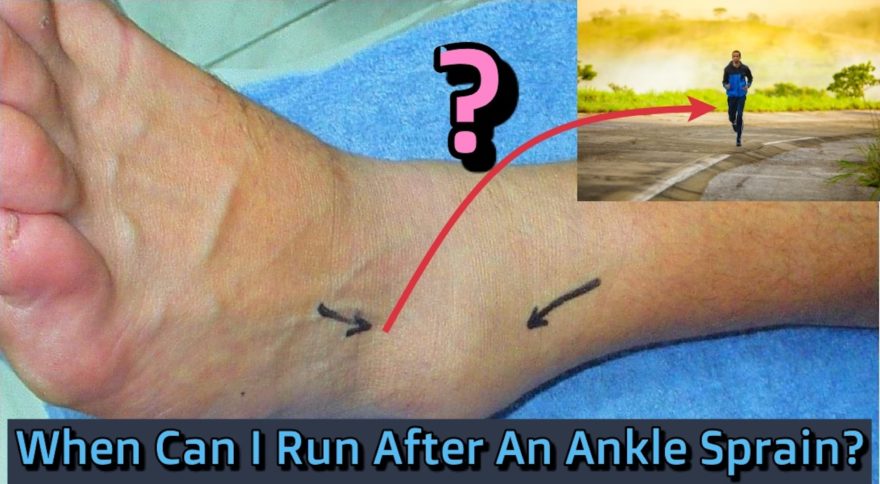Ankle sprains are such a bugger and take some time to heal.
But once you’ve let swelling and such run it’s course, when is it safe to run?
We answer that in the video below. Here, you’ll learn my criteria and progression that I look for when having someone safely return to running.
Watch and learn!
Table of Contents
Ankle sprain red flags
The first thing you have to do after an ankle sprain is make sure you don’t have a fracture.
There are these rules to follow called Ottawa Ankle Rules, which are a cluster of findings that would indicate getting some imaging done. These findings include:
- Inability to weight bear
- Pain within the viscinity of either malleolus
If you have these findings, you most definitely need to get some imaging. Do not pass go, do not collect $200.
But if you do not have these findings, move along to the next part 🙂
Returning back to running after an ankle sprain
Running is merely a series of bounds (jumping from one leg to the other) for an extended period of time, so after an acute ankle sprain, we have to make sure components leading up to this go okay without any issues.
To determine the course of action for this return, we can start from the most fundamental actions of the bound, then build our way up.
The steps below are the progression that I use. You want to make sure that you have minimal increases in pain/swelling before moving onto the next step:
- Ankle range of motion passively
- Ankle range of motion actively
- Squatting
- Split squats
- Single leg balance
- Lunges
- Step ups
- Single leg squats
- Ankle jumps
- Jumps
- Bounds
- Hops
- Repeat jumps, bounds, hops
- Jump rope
- Shorter runs
- Longer runs
If you can run (ha!) through this progression without any issues, then you ought to be back in no time 🙂
Photo credits
https://commons.wikimedia.org/wiki/File:ANKLE_SPRAIN_01b.JPG
https://pixabay.com/photos/man-jogging-running-man-exercise-1245658/

